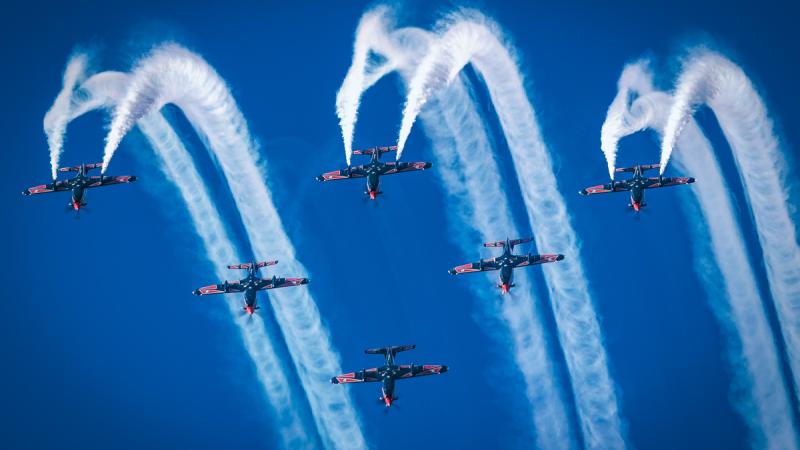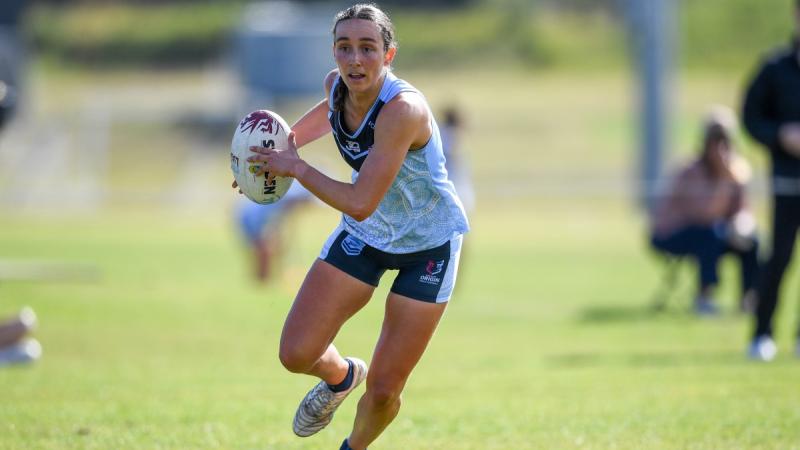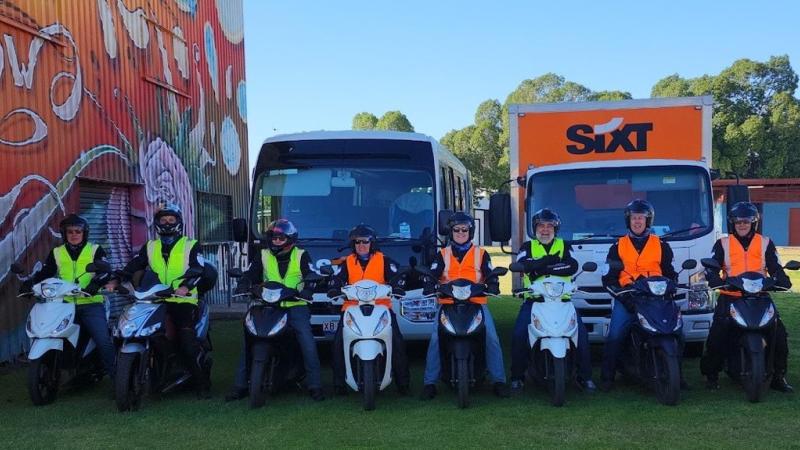13 November 2020
Your home is a haven. Its walls keep you safe. Its a place most dream of returning to when in the thick of war.
But when conditions of war provide more freedoms than the home you're fighting for, it is a place many Indigenous Australians didn't want to come back to.
They returned to a society that restricted their movements and limited their work opportunities.
The Australian War Memorial’s Indigenous Liaison Officer Michael Bell said many denied their culture in an attempt to serve and defend the country.
“A lot of our men thought 'I’ve had a taste of freedom, I’ve had a taste of equality, I’m not going back to that system’, and they moved away to the cities,” Mr Bell said.
“They chose to forego their traditional connection to country to be free.”
Air Force recognises more than 60,000 years of Aboriginal and Torres Strait Islander culture and contributes to Defence’s Reconciliation Action Plan through the Indigenous Strategy Our Place, Our Skies.
As part of this, Air Force Headquarters airman and airwomen received tours of the war memorial during NAIDOC Week hosted by Mr Bell, who is also a Ngunnawal traditional custodian.
He said the connection was always to defend country, but that service could now be seen as a new songline and tradition.
“We answer the call to defend country; defence of country entails different things for different people, but we have always defended country,” he said.
“Whether it be in uniform or not, defence of country is at our heart because our country is the heart of our culture.”
The aim of the tour was to broaden cultural intelligence and to broaden understanding of Aboriginal and Torres Strait Islander culture, service history and the history of Australia.
This also gave a military context to this year’s NAIDOC theme, “Always Was, Always Will Be”.
“It is all about connecting that old history that has been forgotten,” Mr Bell said.
Mr Bell said it was important to rekindle Indigenous history and put an Indigenous face on the Anzac legend.
The tours were arranged by Indigenous Liaison Officers at RAAF who Mr Bell credits with doing the job the right way.
“They’re respectful when they engage with the community, and the engagement with the community comes from history. We hold the history, and they hold the future,” he said.


